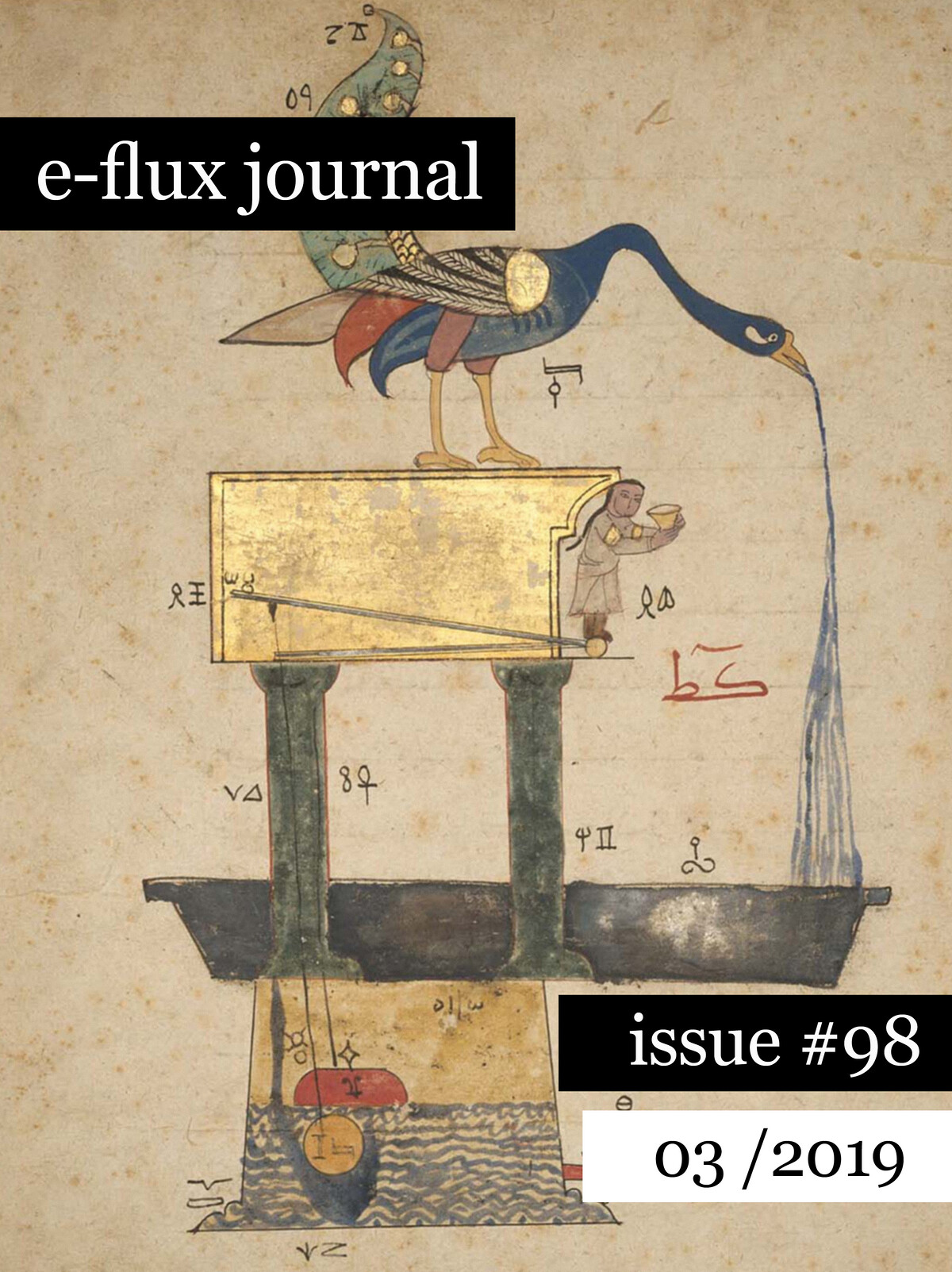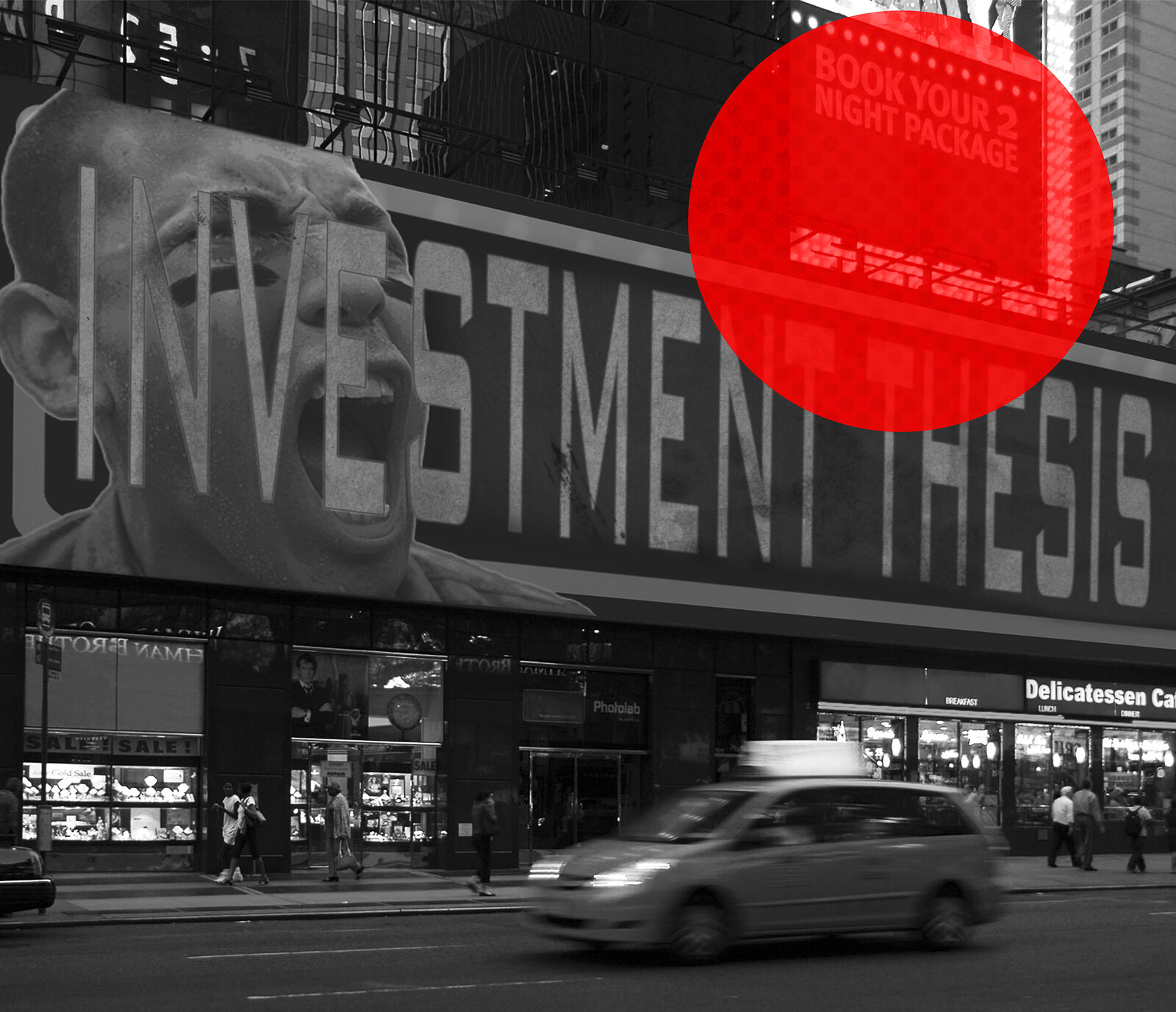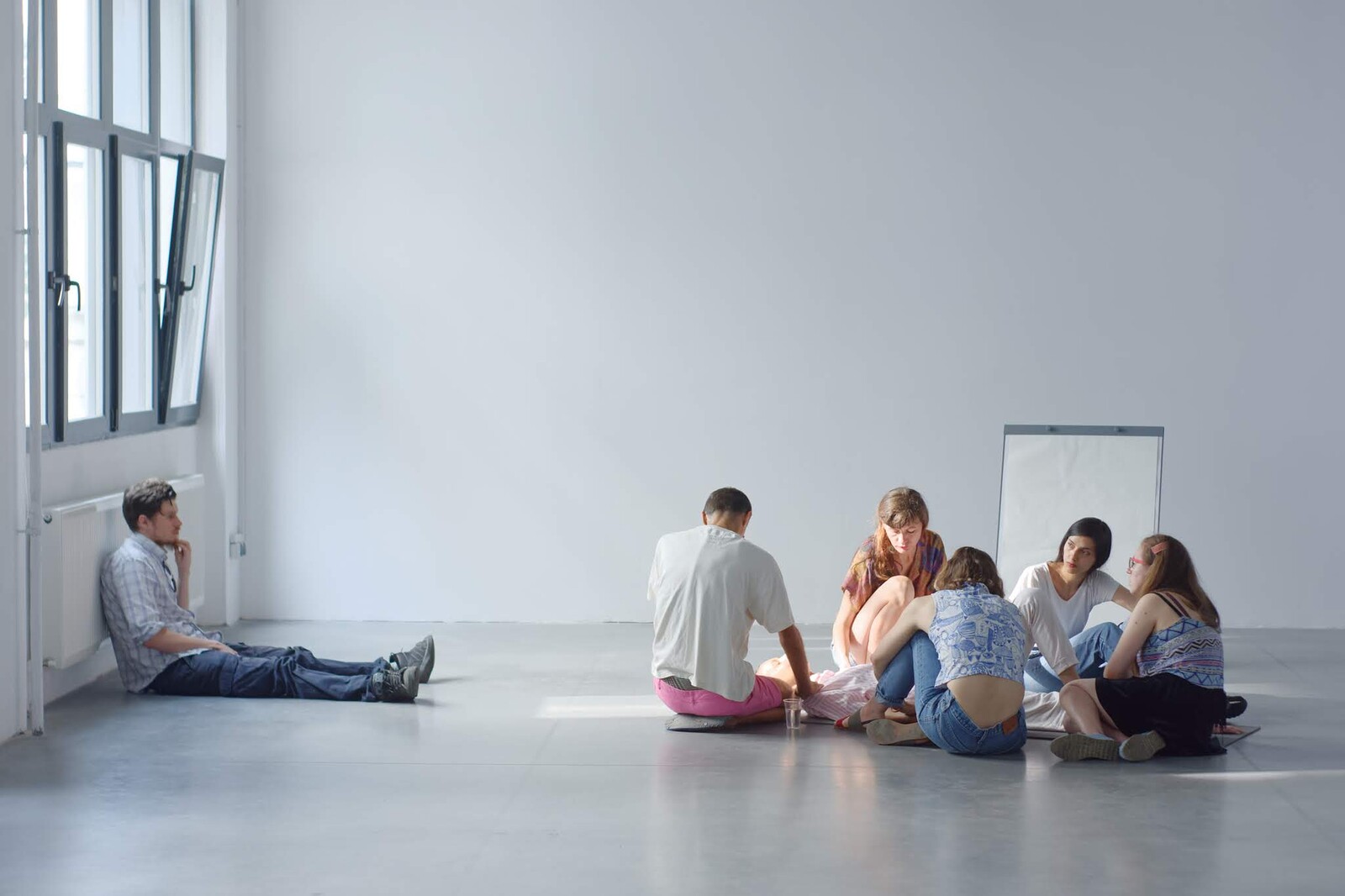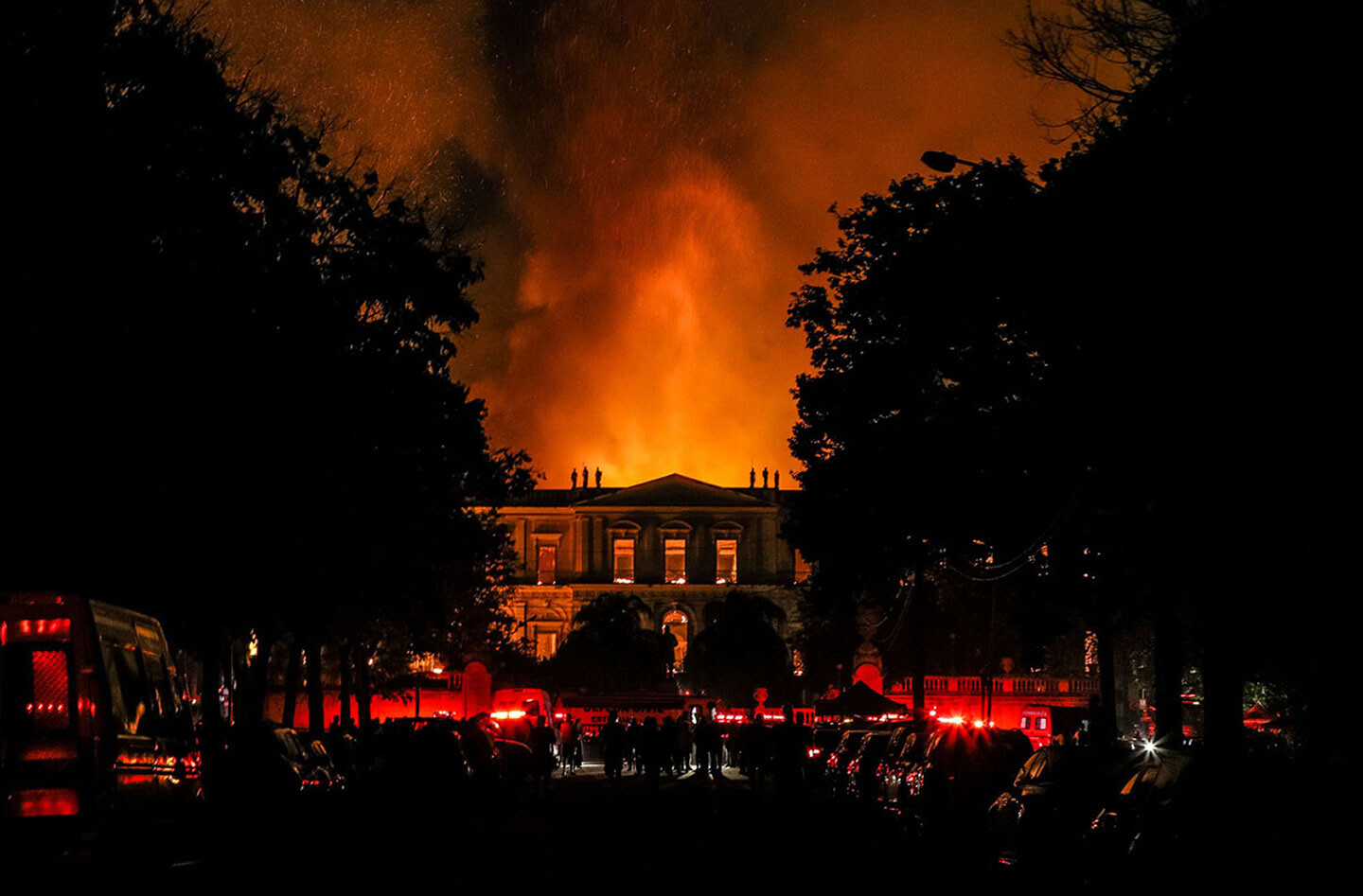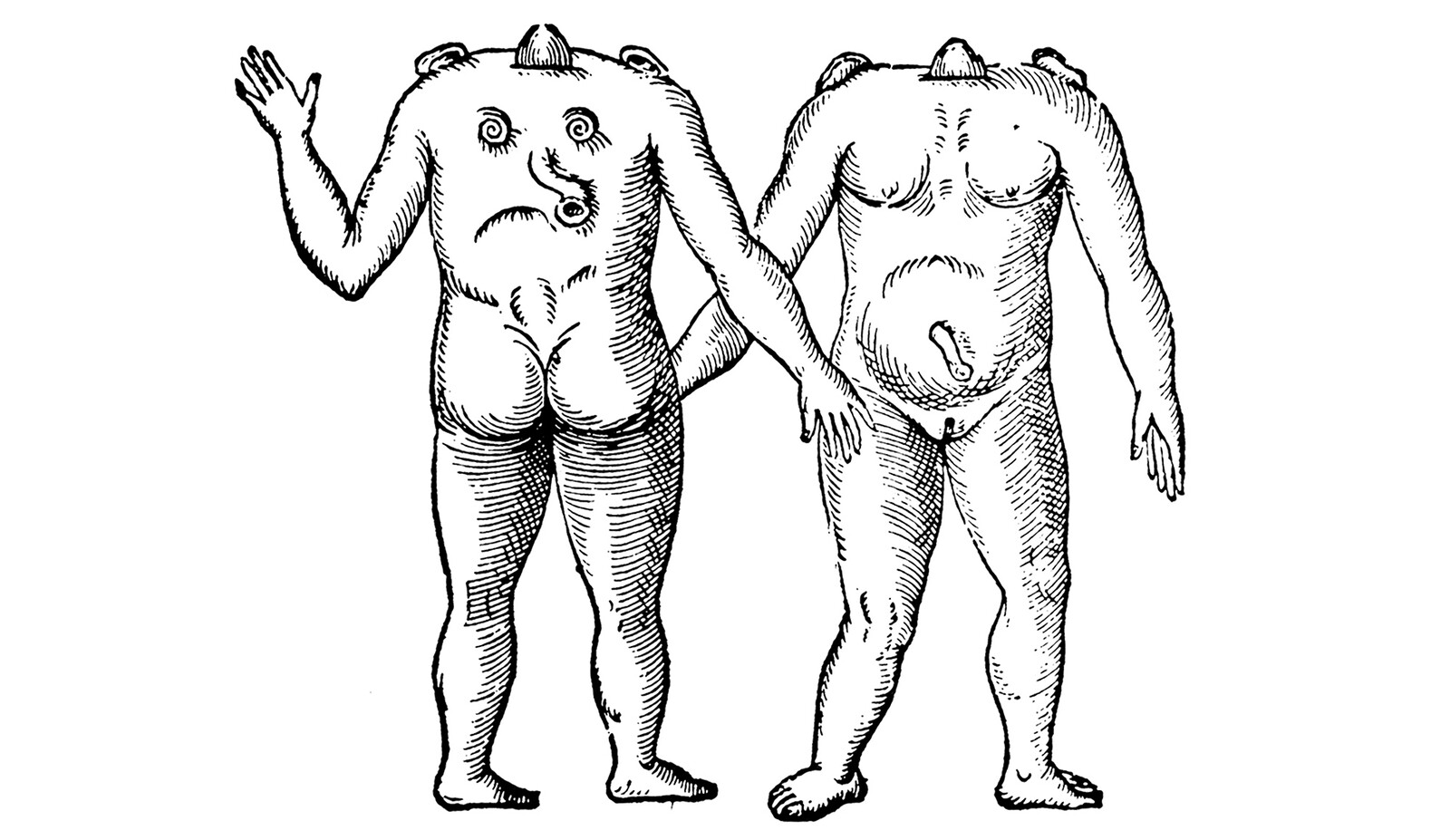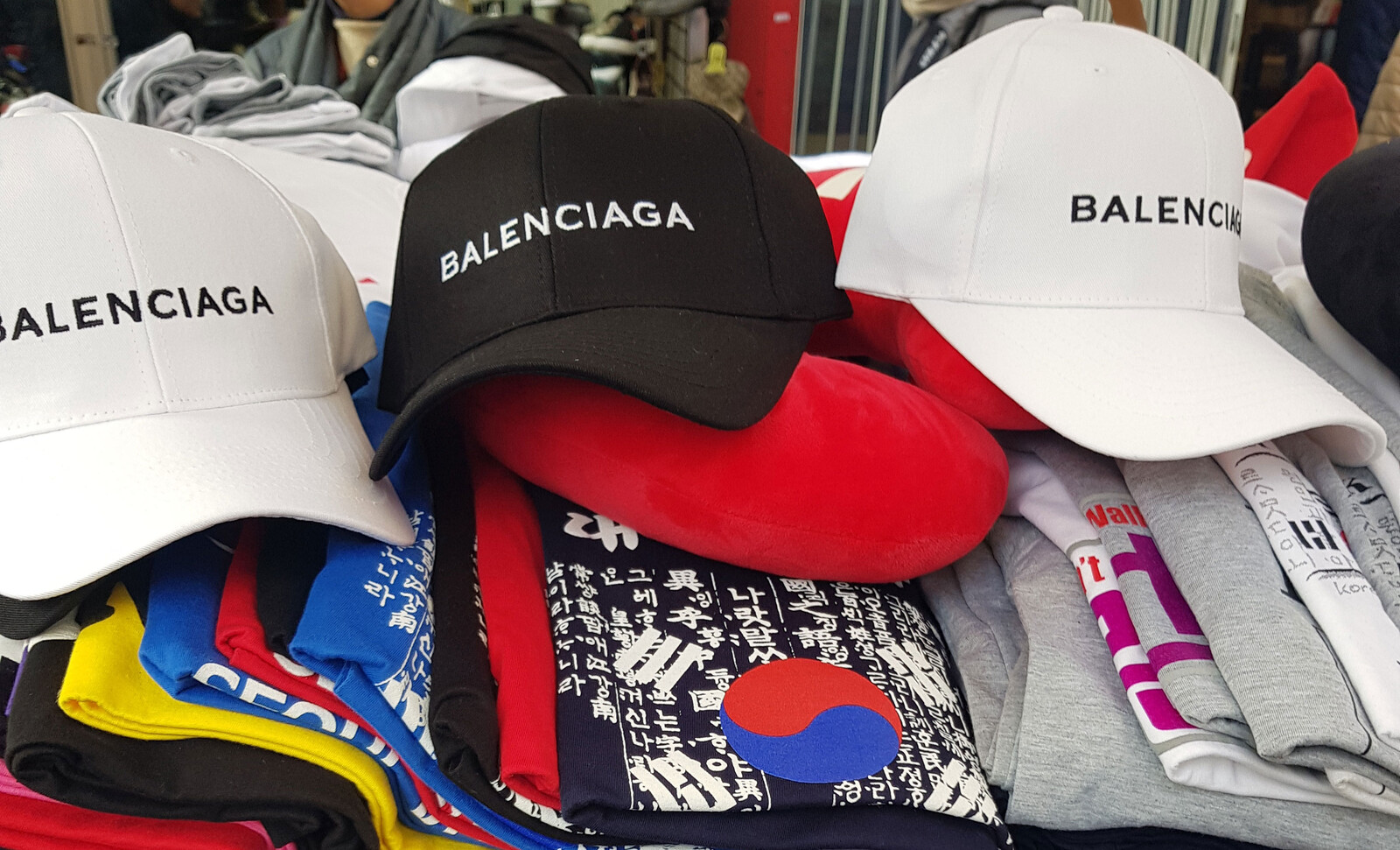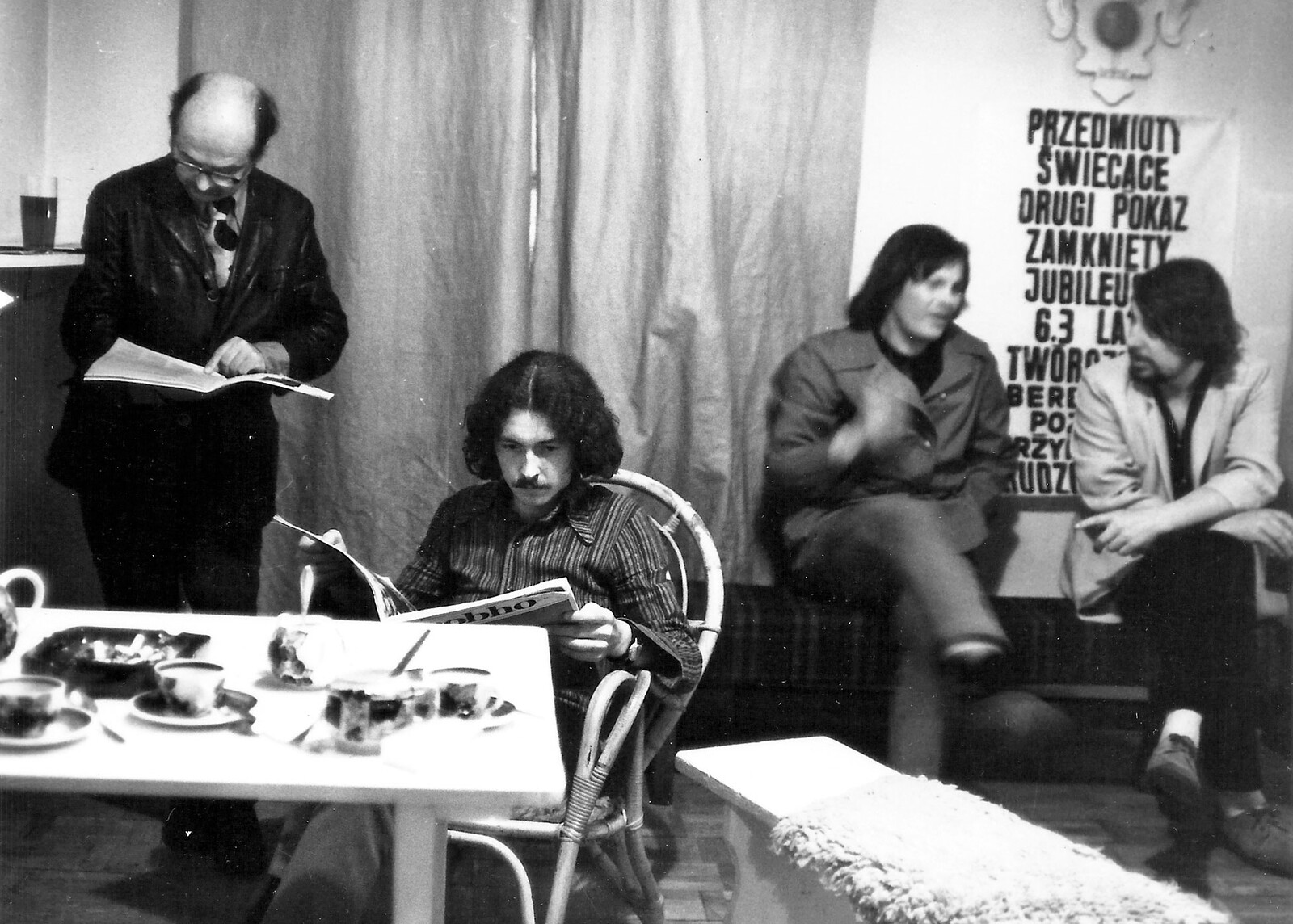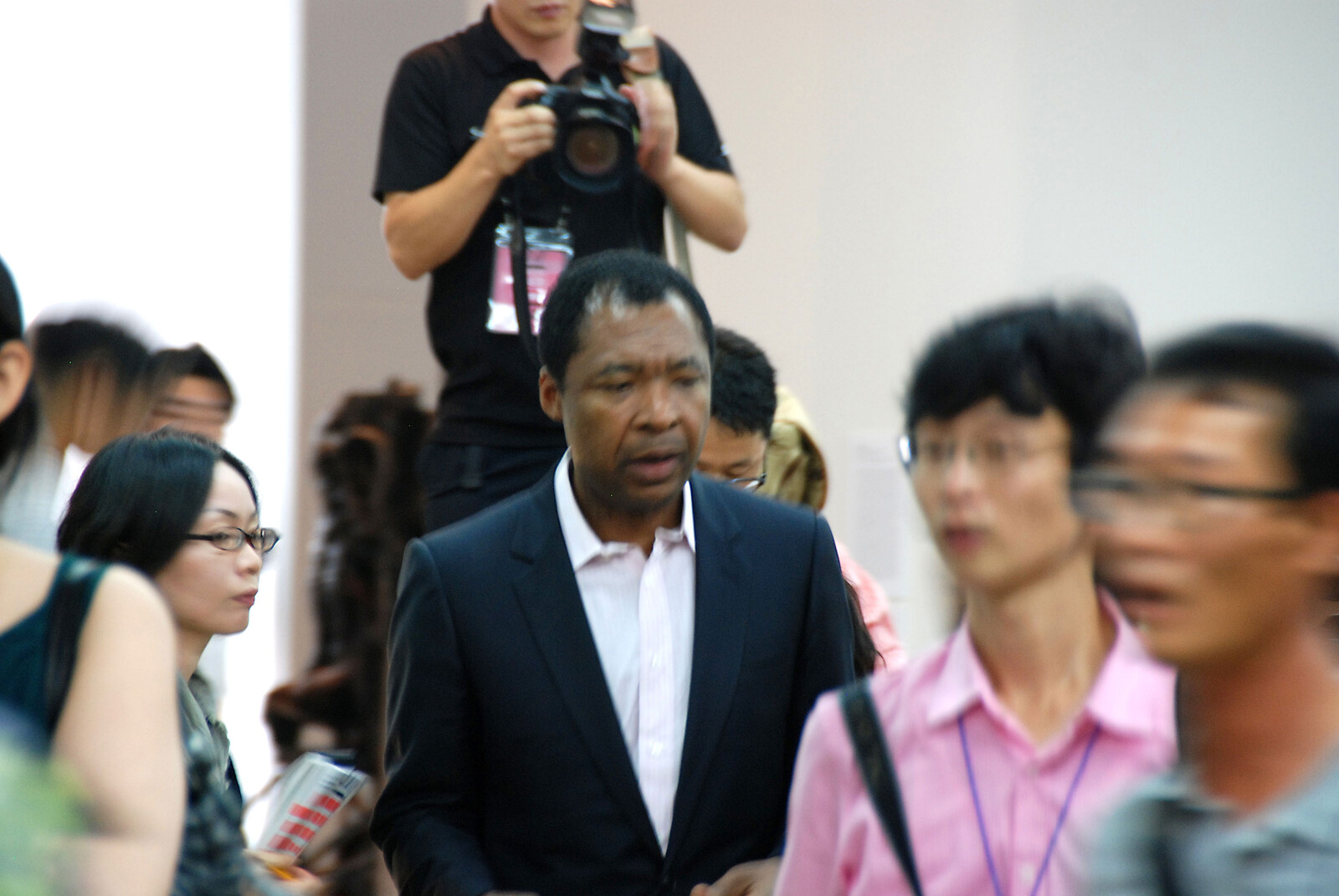The history of social civilization in the last two centuries may be read as an attempt to escape the inflexible law of the survival of the fittest. Social solidarity has been the attempt to transform the world into an anti-natural place of no competition. The autonomy of politics and ethics from the natural law of evolution was based on the conscious limiting of the power of intelligence. When intelligence is not restrained by sensibility, it deploys as brutal force.
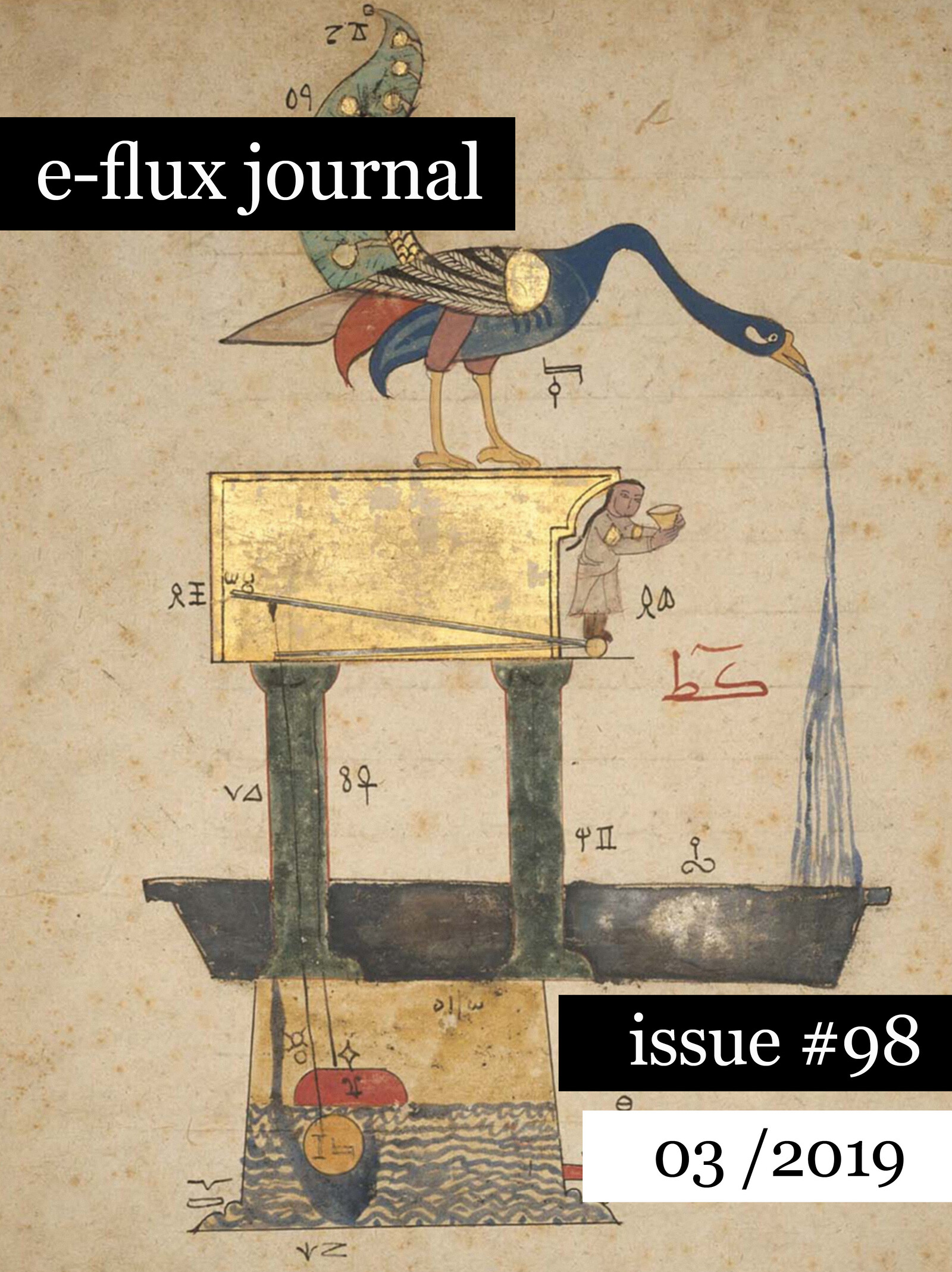
Illustration of a peacock fountain from a fourteenth-century edition of Al-Jazari’s Book of Knowledge of Ingenious Mechanical Devices.
The term “nerd” might have originated in the 1950s, but today we can really see how the rises and changes in its usage followed rises and changes in the usage of intelligent machines. Let’s follow the term for a moment through a particularly male scenario: If the nemesis of the nerd in popular culture was the jock—an able-bodied, handsome man from a family of good standing—then it was probably right that they should go to war against each other. The jock combined all of the characteristics that the dominant world economies (especially the US and UK) needed for maintaining industrial and corporate command—social entitlement, physical strength—until the late twentieth century, when command would shift to a “nerd” register: technical, hidden, arcane, taxonomic, and antisocial. It may have been only when Bill Gates amassed historically unprecedented wealth that it became clear that another order was on the rise.
Our idea was that if life and movement have already been captured by the neoliberal apparatus, and if thought itself is movement, providing orientations in the space of the mind and being deeply connected to one’s life-form and body arrangements, then they have to be provided with different choreographies than those enforced by default. Not only have we noticed that there are life-forms imposed if one’s practices are left unchoreographed, but there is also a standard form of thought and action when it comes to overcoming capitalism. One of the reasons behind the Unsorcery project was the mental saturation with the same thought movements performed by the leftist mind: being against, exercising criticism/critique, deconstructing, etc. Not only capitalism but also its enemies seemed to have been captured in default thought forms.
We have images of devastation, but these images, mostly found on news and social media sites, don’t, can’t, show the devastation of images wrought by such apocalypses: burning aesthetics. Welcome to the Pyrocene, the geological age of fire, matched by the overwhelming affects of fear and dread, and complicated by the very incomprehensibility of responsibility. We’re dealing with the unstoppable spread of chain reactions of material oxidation, releasing more carbon dioxide that causes further warming and droughts and that prepares more ground for fires, all sparked by the depersonalized, historically agglomerative networked agency of the petrocapitalist political economy—that ultimately burns itself. The power of this socio-climatic event ultimately negates the safe separation between traumatic experience and investigative security, between present emergency and forensic aftermath. Its threat is that there will be no aftermath.
If Dhalgren shows us the crumbling of consumption in a capitalist society, Stalker portrays the collapse of the whole mechanism of production in a state-socialist one—symmetrical disintegrations that reflect the respective priorities of the rival Cold War systems. The collapse in Stalker goes beyond industrial production, which was the raison d’être for the Soviet planned economy as a whole—represented in the film by rusting equipment, warehouses that now store nothing but wind-sculpted sand—extending to the production of knowledge and meaning, the exhaustion of which is portrayed by the Writer and the Scientist. When all the machinery of the state-socialist system begins to seize up, what rationale or guiding principle can sustain people from one day to the next, let alone in decades to come? This is a moral crisis, to be sure—but a systemic, rather than an individual or personal one.
Say the gods latched a chain to the heavens in an effort to yank Zeus down. Well, Zeus would simply pick it up, give it a tug, and the rebel gods, their earthly minions, the entire carnal world, would be flung through the cosmos to an untimely end. With a mere twist of his finger, Zeus could take control of the chain: as a weapon, a keepsake, a necklace for the peak of Olympus. Zeus never acted on this threat, but his gauntlet kept hanging. With each passing era, it grew ever more like a chain. The natural world took a liking to this object. Creatures began to clamber up and take shelter in its links. By all accounts, they loved the altitude and the elliptical life. Gods come and go, and still the chain keeps hanging. Trees have sprung up around it, but if we look closely, we can see it: a weathered thing, more rust than metal; a testament to all we’ve forgotten to remember—to the worlds of old epistemologies, to the aliens of the Enlightenment. At some point, the future may reclaim this chain.
In 2007, Turkish sociologist Şerif Mardin proposed the term “mahalle baskısı”—which translates as “community pressure” or “peer pressure,” and which refers to the practice of neighborhoods policing themselves—to describe a common experience in urban Turkey today: a clash of intolerance between secular Turkish society and Islamic lifestyle. With the rise of right-wing forces all over the world, mahalle baskısı can be found in many places—wherever conservatism and patriarchy reign. This leads to a new danger, in which two kinds of policing combine: mahalle baskısı and “algorithmic-design,” which is self-design mediated by algorithms for the collection of user data, the production of brand value, and surveillance. As an potential response to this danger, Boris Groys’s original conception of self-design can be empowering, though given the more complicated nature of self-design today, we will have to go further.
Kozłowski arranged a “reception” of the materials that the recipients of NET had sent him in response to the proposal in his apartment in Poznań on the evening of May 22, 1972. Though the reception was a way of sharing the materials that had arrived in the post (“after a month or two all sorts of mail arrived”) from twenty-four of those to whom they had sent the proposal, it was more informal than an exhibition, with materials hung all over the place, piled up on tables, and arranged on the floor for lack of space. Among them was Perneczky’s series on the theme of identification, suspended above a desk. Kozłowski had written to Perneczky (in German) in March 1972 after receiving a card from him, promising to put him on the NET appendix and send him a copy soon. He explained that he was planning to present the NET materials received to date in May and asked to include “Deine Concept Art.” The artist had invited just ten close acquaintances to the reception, making the raid that occurred forty-five minutes after the invitees arrived all the more shocking, since it was clear that one of his friends had informed on him. The materials were duly confiscated, including the film from the camera used to document the meeting itself: “They took it all down and took it away.”
Okwui Enwezor is dead. My sincerest condolences to his family and friends. With Okwui, a whole era dies, and beyond that, a world. Okwui was a giant, a trailblazer, and his legacy is more urgent than ever. If anyone helped birth the idea of an art world (as opposed to a few local cliques), it was Okwui. Okwui’s idea of the world was of an incomplete entity which needed to be changed by being curious, courageous, and cheerful. By becoming more complex, more nuanced, more challenging, by acknowledging more colors, different sounds, unknown beauty in between the trodden stereotypes designed to rule and conquer.
